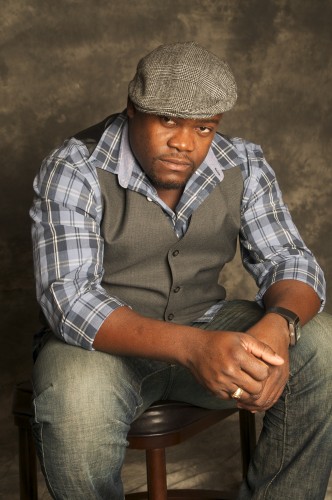10 Reggae Chord Progressions pdf |
7 Dub Reggae secrets
If you are reading this, you are
either an enthusiast of dub reggae or you would love to know how it's done, so you can create some cool beats of
your own. Below I have listed seven dub reggae secrets or tips which will
help you to understand dub reggae a little bit more. These reggae
d 1. Dub reggae came about in the 1960s in Jamaica. As with many things, it was not deliberately developed but came about through experimenting. All the mix engineers and producers at the time were doing it, including Coxsone Dodd, Lee Perry, etc; even the sound system selectors were dipping their fingers in dub reggae, although not as effectively as when it was done in the studio or with a band. Eventually these experimental dub reggae mixes started coming out on the B side of records without the vocals and thus it became very popular, especially with dancehall artist - they could perform over the B version live. 2. So how is dub reggae produced? The easiest way is to eliminate all other instruments leaving just the bass and drums. This simple way of producing dub reggae can have a dramatic effect especially when it's done by a band live. The next time you go to a reggae show just observe the dramatic effect it has on the attendees and you will see what I mean. 3. Another trick in achieving the dub reggae sound, is to use effects such as reverb, echo and delay to modify the sound of say the snare, toms or hi-hat. The reverb gives this deep way out trance like feel, while the echo and delay makes it appear like there is more going on by doubling or stretching out the sounds. 4. A greater dub reggae effect can be achieved by bringing in and out the other instruments while the drum and the bass are playing. For example, you could bring the guitar in on every second beat of the musical bar for just one strum, while applying the delay or echo effect set to 16 notes. This produces a very cool effect. Remember this can also be done with the keyboard and other reggae instruments. 5. Some bands and producers go for an even more dramatic dub reggae effect by surprising the listeners. This is achieved by suddenly stopping the beat, then starting it again, only this time the drum and the bass is either sped up or slowed down. Producing reggae dub this way always sounds interesting. 6. Sometimes, instead of cutting out the other instruments and leaving the bass and the drums, the opposite is done by leaving the other instruments playing by themselves. This can be taken further by leaving just one instrument playing. Many times it is the guitar with wah, reverb, delay or echo added before the other instruments are allowed back in. 7. In dub reggae the vocals are pretty much used the same way one uses an instrument (and yes I know the voice is an instrument). That is, the vocals are brought in and out while the usual effects are applied. Sometimes just one word can have an amazing effect when delay and reverb are added and the sound tapers off in the distance. And that's it ladies and gentlemen! Make sure to try these dub reggae secrets, tips, tricks... out when you get the chance. Other types of reggae Lata!
|
| HOW TO PlAY REGGAE
HOW TO PLAY SKA
TYPES OF REGGAE
|
Copyright 2009-2018 How-To-Play-Reggae.com. All rights reserved. No reproduction permitted without permission.

 ub secrets are mainly for beginners but experienced folks may find them helpful
too.
ub secrets are mainly for beginners but experienced folks may find them helpful
too. Delicious
Delicious Twitter
Twitter Technorati
Technorati Stumbleupon
Stumbleupon Facebook
Facebook Digg
Digg